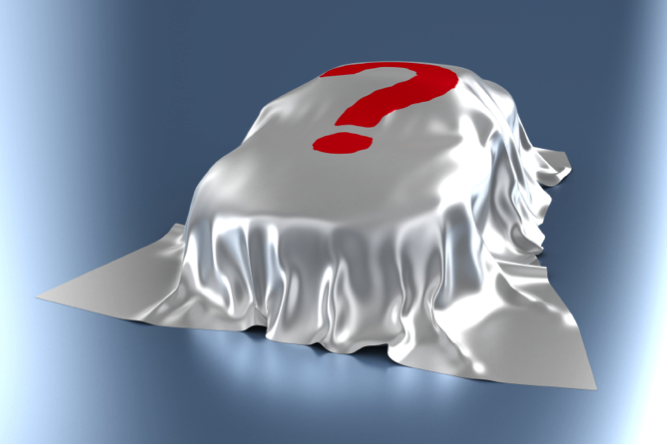
There are few industries that don’t invest time and money in researching innovation and designing cutting-edge products they hope will entice consumers. From fashion to pharmaceuticals, R&D is a crucial element of staying ahead of the market – establishing a brand as industry leader, rather than trend follower.
The auto industry is no different. From drafting to road test, car makers go to great lengths to keep their latest designs top secret, placing a huge premium on surprising both consumers and competitors at the point of scheduled release. After all, auto careers are made and broken on the strength of new product lines and innovative features.
But for every secretive measure automakers devise, there are spy photographers whose sole job it is to look for cracks – ways of catching a glimpse of new models and leaking them before scheduled release dates. How does the auto industry fight back? With super-sophisticated prototype camouflage.
Here’s how it works:
Sworn To Secrecy
The importance of trustworthiness is evident even before manufacturers hire new designers and auto mechanics. Hiring managers do extensive background checks on applicants, looking for anything suspicious that might make them – and their smartphone’s camera – an exposure threat. It’s not just professional spy photographers automakers worry about. Anyone on staff could potentially leak details of a new release for a little pay on the side. Just like secret agents, employees are sworn to secrecy, warned to share nothing about new designs – even with family members.
Camera-Proofing
Car camo is all about ensuring that, if photographers do get a shot of a new model, it will be impossible to discern its features. Automakers wrap the vehicle in a vinyl application that confuses a camera’s focus with psychedelic patterns. Others use lighter, heat resistant polyester treatments with disruptive prints to confuse the camera lens and hide bodywork. Although a wrap can use any colour or graphic scheme, the hypnotic black and white patterns are a go-to trend for most manufacturers. Painting other car elements black also helps evade cameras that use infrared autofocus technology.

Road Testing Under Wraps
Anyone who’s taken auto mechanic courses understands the important of testing and evaluating car parts and systems before sending a vehicle out onto the road. Of course, for automakers, road-testing new models is a crucial part of the design process. And keeping a car carefully under wraps during those tests is a challenge all manufacturers face. The techniques described above are widely used because they don’t impair the functionality of the vehicle. They are light-weight and don’t create aerodynamic drag. Earlier in the design process, some companies use bulky panels and other add-ons to hide key features – you know that when these come off and are replaced by a wrap, that these vehicles are inching closer to testing and market release.
Regular consumers have started purchasing wraps for their own cars because they love the look. Check out this video by a commercial wrapping company to see how it’s done.

